One of the great things about hunting in NZ is the variety and amount of game available. I thought I’d covered most of the bases, but after moving south, new hunting experiences were opened to me, and I’m having an absolute ball applying hunting principles to new game species. The species I’m referring to are pigs and goats, and when I mention pigs, I mean stalking pigs in the traditional deer stalking method without dogs.
Each new animal has taught me a lot about what I thought I knew and how any animal has weaknesses which can be exploited to enable successful stalking. I’m by no means an expert at either stalking goats or pigs; however, the following are my observations and lessons I’ve learnt whilst exploring these new hunting experiences that I’d like to share with you.
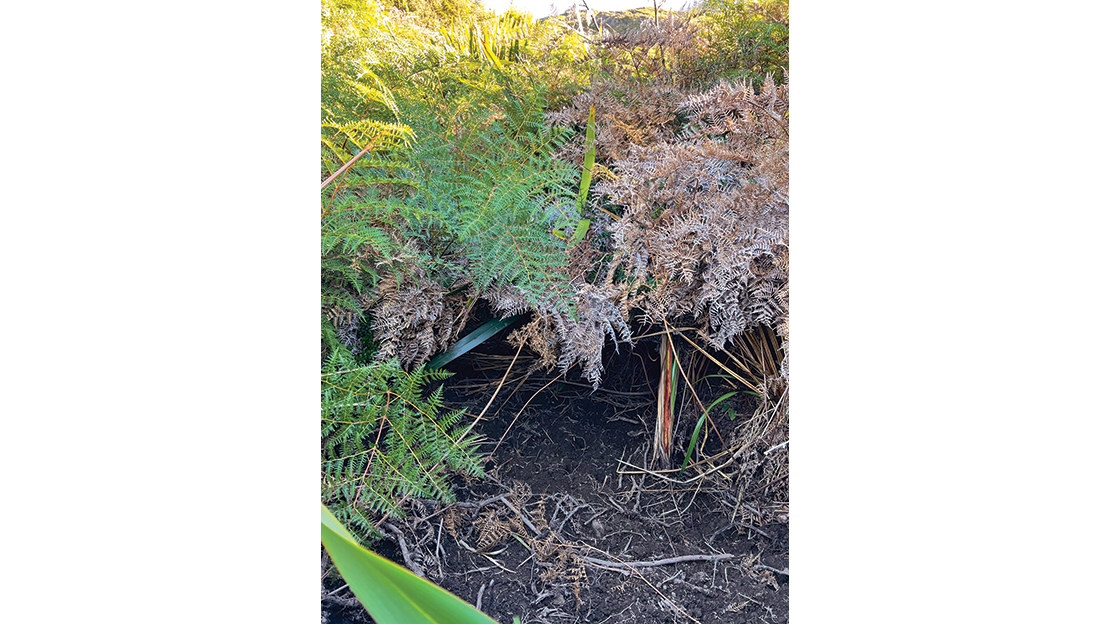
Pigs Without Dogs?!
I’d often wondered why it wasn’t common for hunters to target pigs without using dogs. The few times I’d tried fresh wild pork, I was amazed at how good it tasted – much better than store-bought pork! I surmised surely this made it a highly sought-after game animal.
My first experience with pigs came whilst out with good mate and avid hunter Hooky – we were looking for some fallow on a patch of public land in North Canterbury. A small black speck caught my eye very low in the scrub, and I almost thought it was a fat possum. As I watched the speck shuffling through the scrub, more specks appeared. It turned out to be a group of pigs nosing their way through the scrub; Hooky and I watched them for quite some time.
Hooky has hunted pigs much more often than I and, having been a Department of Conservation culler for several years, is quite experienced in their general behaviour. He’s also used dogs from an early age. When I quizzed him on the possibility of stalking pigs, he surprisingly told me they were his favourite animal to stalk. This piqued my interest and set me on a path of several months of learning about these very smart and elusive animals.
Every animal has a set of behaviours that hunters try to learn so we can effectively place ourselves in the right spot to observe and hopefully place our shot, but pigs were a completely unknown quantity to me. I learnt a lot from that first experience.
Over the coming months, it became apparent why dogs are the best way to hunt pigs – there’s no doubt.
First, pigs are masters at hiding in the scrub, and as they’re quite small, they’re very difficult to get on to. Once they’re safely in the scrub after being disturbed, they’ll lay low, secure in the knowledge that without dogs, there’s little chance of a hunter finding them or spooking them into the open.
Second is the fact that stalking pigs only works in areas like the scrub country where I’ve been chasing them; they roam freely here, and we can use our optics to cover large areas to find them. As soon as the vegetation is too thick, as in a forestry block, successful stalking without dogs is really a lottery.
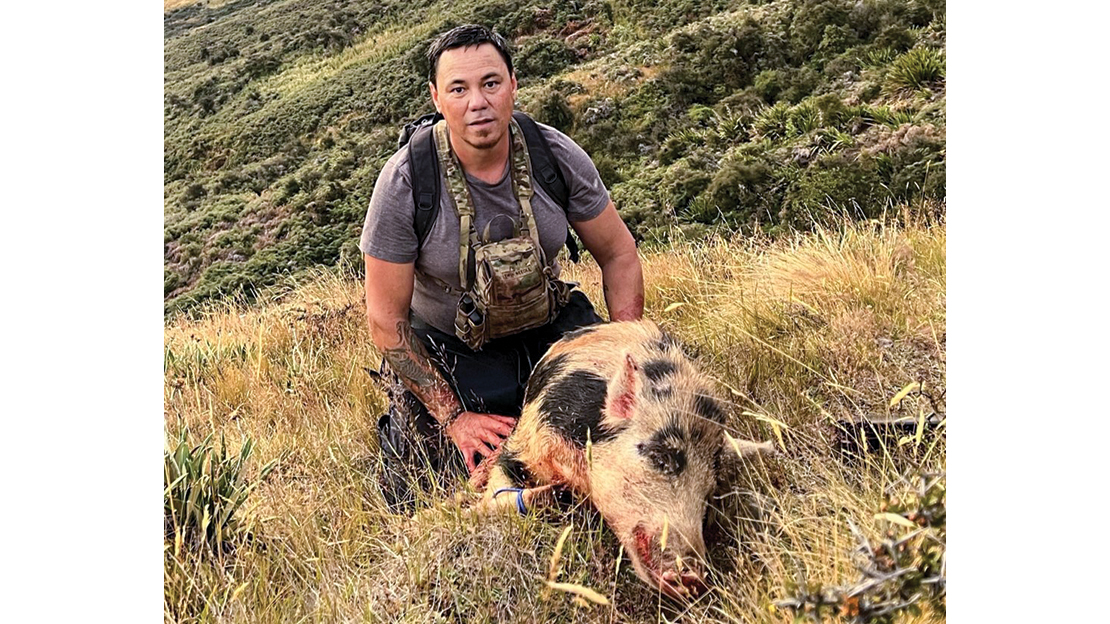
Reading the Signs
One weakness of pigs that the hunter needs to understand is their propensity to leave a large amount of ground sign everywhere they go. The most obvious one is rooting where they dig for food, causing significant disturbance to the soil.
The second is in areas of thick scrub, where their rooting will cause some of the fern to die off due to root damage. Once you know what you’re looking for, large patches of dead or damaged scrub stand out like a beacon to the hunter.
Pigs often wander from area to area, so to ascertain if the sign you’ve found is current, look for hoofprints – it’s relatively easy to tell if the soft topsoil has been walked in recently.
Furthermore, they create large pig tunnels through the scrub in their rummaging, and their prints in these areas are also a dead giveaway that they’re nearby.
Patient Observation
Once you’ve found an area that’s heavy with pig sign, the next step is to choose the best viewing point to overwatch the sign; be patient, as sometimes it’ll take a while before pigs show themselves.
If the wind is in your favour, you can sit quite close to where they are and just watch and listen. If you’ve got the right spot, often you’ll hear the pigs calling to each other or fighting in the scrub; when they feel safe and secure, they can be extremely noisy. The pigs in my area seem more active and out in the open in the evenings, so that’s when we target them.
They seem to be always on the move – unless you’re lucky enough to catch them digging – so a shot is sometimes a difficult thing to time. Couple that with the fact that they’re generally a much smaller target, and the opportunity to take your shot can be a small window.
So far, the experiences I’ve had stalking pigs have been a mixture of highs and lows, but there’s always learning from each experience. We’ve watched large pigs – some near 200lbs – disappear into scrub never to be seen again. We’ve been agonizingly close to securing many animals only to have them spook at some perceived threat. As I’ve mentioned, being able to stalk pigs works best in areas where the pigs have room to roam in the open between patches of scrub, but the skill is very rewarding and it’s one I’ll continue to develop and enjoy.

The Humble Goat
Like many of you, I’ve had some experiences with goats that were more akin to culling and shooting practice than traditional stalking. I’d never given much thought to their movements or behaviour despite valuing their game meat. Spending a fair amount of time with the British armies’ famed Gurkha regiments, where they make the best goat curry in the world, ensured I knew how good they can taste when prepared right. After discovering a small herd of goats in our area quite unexpectedly, I found myself on another journey of discovery about a game animal that’s plentiful in NZ and highly underrated.
A Hardy Mountain Animal
One thing I was surprised to observe is that like their more sought-after goat family cousin the tahr, goats are hardy in the cold and wind. The Canterbury high country, where I’ve been hunting them, is a bleak place in bad weather; however, it doesn’t seem to affect goats as much as deer. I’ve observed them in howling, biting winds going about their normal routine and still feeding in exposed areas.
I’ve also been obsessed with the variations of skin colour and horn differences from goat to goat. If you check the photos of the two billies we shot, both goats were from the same group but have vastly different horn structure. These animals are almost midget size compared to some of the North Island goats I’ve hunted. The differences are fascinating, and it’s a great afternoon on the hill observing the variations in the herds.
The main weakness I’ve seen with goats is they’re not as aware as other animals – to the point where even when I’m winding them, they don’t seem to spook like other game animals. Once a shot is fired, they’ll often stand and look at you for a short period of time allowing you to take a couple out of the herd.
When hunting them, the only two tips I can offer is not to worry too much about winding them and you’ll find them on much colder faces where you wouldn’t even look for deer.
Goats are firmly among my favourite animals to hunt now, and I’ve set myself a personal goal of securing a trophy-sized billy – the horns look amazing once they have a few twists to them. I’ll keep you posted about how I get on.

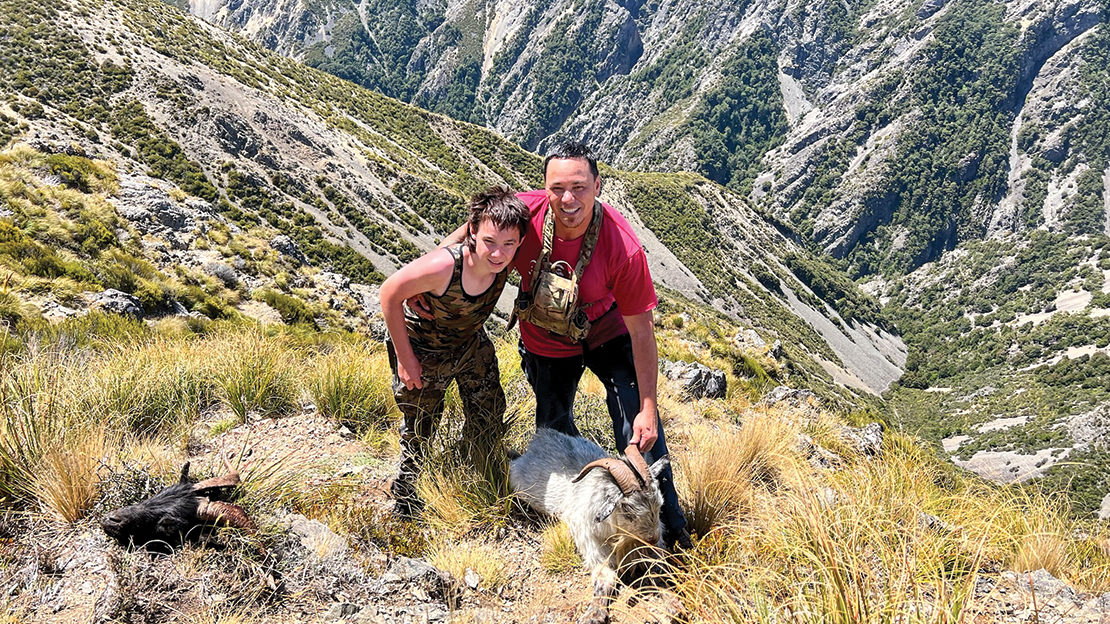
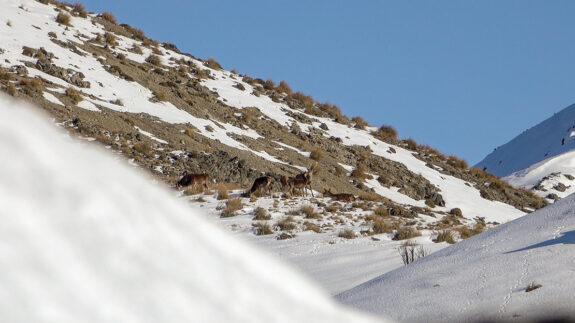
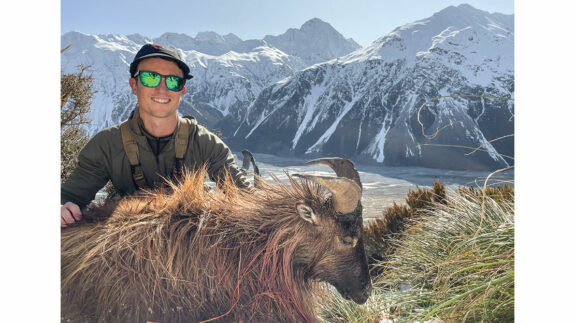

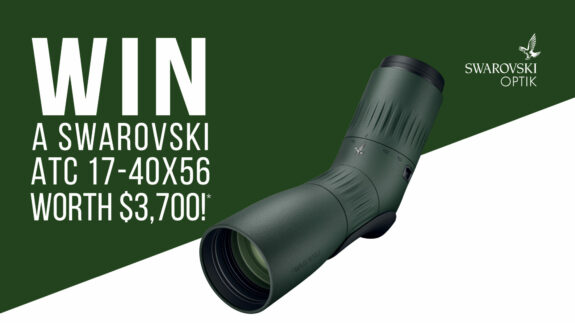
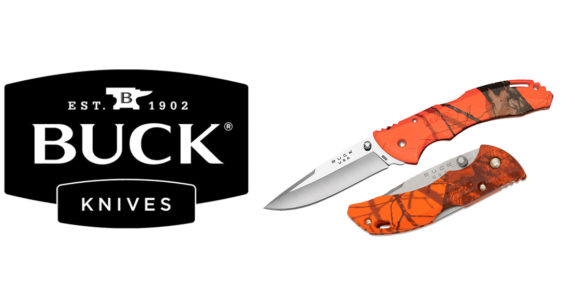
SHARE YOUR BEST PICS #NZRODANDRIFLE